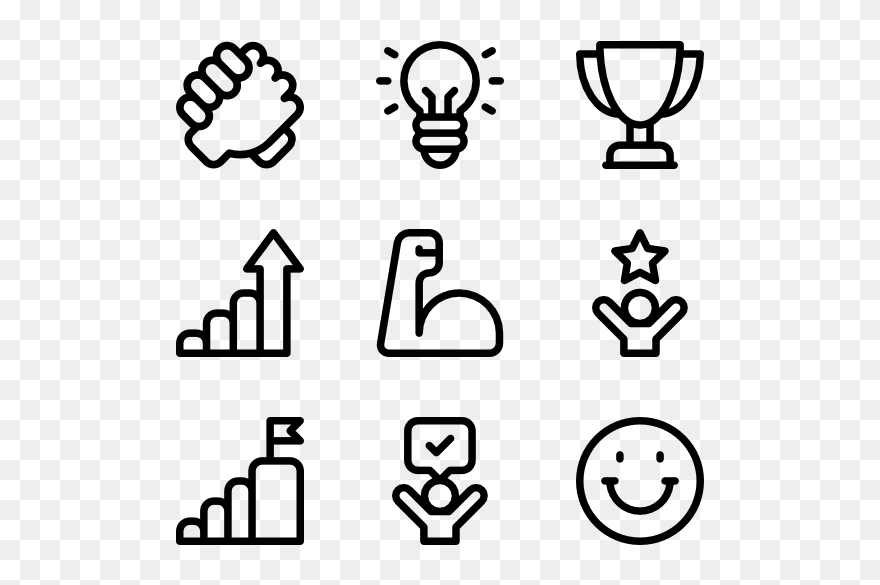Mastering the art of studying: 15 effective tips & techniques to boost your academic success like never before.
Updated at: 2025-05-13 10:38:59 (5 months ago by Melkisedeck Leon Shine)
Optimizing Academic Performance: Fifteen Evidence-Based Learning Strategies
Academic success necessitates the strategic application of effective learning methodologies. This article presents fifteen evidence-based strategies designed to enhance comprehension, retention, and overall academic achievement. These techniques are grounded in cognitive psychology, learning theories, and time management principles, providing a holistic approach to optimizing academic potential.
1. Strategic Time Management and Task Prioritization: A Foundation for Academic Success
Effective time management is paramount. Employing scheduling tools, such as digital calendars or personal planners, allows for proactive task management and the prioritization of assignments based on urgency and importance (Eisenhower Matrix). Visual representations, including Gantt charts or Kanban boards, further enhance task visibility and facilitate efficient workflow management. This structured approach minimizes stress and promotes consistent progress, aligning with principles of self-regulated learning.
2. Cultivating an Optimal Learning Environment: The Influence of Context on Cognitive Performance
The learning environment significantly impacts cognitive function. Individual differences necessitate experimentation to identify ideal study settings, considering factors such as noise levels, ambient temperature, and level of social interaction. Consistent use of a dedicated study space aids in the establishment of a strong stimulus-response association, enhancing focus and concentration, a concept central to classical conditioning.
3. Strategic Breaks and Rest: The Importance of Cognitive Restoration
Extended periods of concentrated study can lead to cognitive fatigue, diminishing learning efficiency. The application of techniques like the Pomodoro Technique, incorporating short, regular breaks into study sessions, is supported by research on cognitive load theory. These breaks facilitate cognitive restoration, improving attention and overall productivity.
4. Visual Learning Strategies: Harnessing the Power of Visual Representation
Visual learning strategies leverage the brain's inherent capacity for visual processing. Creating mind maps, concept maps, or diagrams transforms abstract concepts into concrete visual representations, facilitating comprehension and memory encoding. This approach aligns with the dual-coding theory, emphasizing the synergistic effect of verbal and visual information processing.
5. Elaborative Interrogation and Active Recall: Strengthening Knowledge Through Articulation and Retrieval
The process of explaining concepts to others (the Feynman Technique) or engaging in self-explanation strengthens knowledge consolidation. This active recall process tests comprehension and highlights knowledge gaps, promoting deeper learning and strengthening long-term retention. This aligns with the testing effect, demonstrating that retrieval practice enhances memory.
6. Active Learning Strategies: Engaging with Educational Content
Active participation in the learning process maximizes comprehension. This includes actively engaging in class discussions, posing clarifying questions, and taking detailed notes using methods like Cornell Notes. Active learning significantly enhances information encoding and retrieval compared to passive learning strategies.
7. Leveraging Technology for Enhanced Learning: Integrating Digital Resources
Educational technology offers various tools to supplement traditional learning methods. Utilizing online learning platforms, educational apps, and interactive simulations enhances engagement and provides personalized learning experiences. These resources can cater to diverse learning styles and reinforce key concepts through interactive exercises and assessments.
8. Task Decomposition and Goal Setting: Managing Complex Assignments
Complex assignments benefit from decomposition into smaller, manageable tasks. This approach aligns with goal-setting theory, promoting a sense of accomplishment and reducing feelings of overwhelm. Breaking down large projects into smaller, achievable goals increases motivation and sustains consistent progress.
9. Mnemonic Devices and Memory Techniques: Improving Information Retention
Mnemonic devices, such as acronyms, rhymes, and imagery, are effective memory aids that enhance encoding and retrieval of information. These techniques leverage cognitive strategies to improve memory performance by creating memorable associations.
10. Prioritizing Well-being: The Holistic Approach to Academic Success
Academic success is inextricably linked to overall well-being. Prioritizing sufficient sleep, balanced nutrition, and regular physical activity promotes optimal cognitive function and stress management. A healthy lifestyle supports sustained focus and enhances learning capacity.
11. Spaced Repetition and Review: Optimizing Long-Term Retention
Regular review of learned material, employing spaced repetition techniques, strengthens memory consolidation and reduces reliance on cramming. Scheduling consistent review sessions at increasing intervals enhances long-term retention and improves knowledge recall.
12. Motivation and Self-Efficacy: Maintaining Academic Momentum
Maintaining motivation requires setting realistic goals, monitoring progress, and celebrating achievements. This approach is grounded in self-efficacy theory, emphasizing the crucial role of self-belief in academic perseverance and success. Positive reinforcement and self-reflection are crucial for sustained motivation.
13. Seeking Support and Collaboration: Leveraging Academic Resources
Seeking assistance from teachers, tutors, peers, or academic support services demonstrates a proactive approach to learning. Collaboration with peers facilitates knowledge sharing and provides diverse perspectives, enhancing understanding and problem-solving skills. This emphasizes the social constructivist perspective on learning.
14. Active Reading and Critical Thinking: Engaging with Educational Materials
Active reading strategies, such as annotating, summarizing, and questioning, promote critical thinking and deeper comprehension. This approach transforms passive consumption of information into an active learning process, maximizing knowledge retention and application.
15. Embracing a Growth Mindset: Learning from Mistakes and Challenges
A growth mindset views challenges as opportunities for learning and development. Embracing failure as a learning experience fosters resilience and promotes continuous improvement. This approach aligns with the principles of self-regulated learning, fostering adaptability and problem-solving skills.
Conclusions and Recommendations
The integration of these fifteen strategies offers a comprehensive framework for optimizing academic performance. The effectiveness of these techniques is supported by established learning theories and cognitive psychology principles. The application of these strategies requires consistent effort and self-reflection, emphasizing the importance of self-regulated learning and a growth mindset. Further research could explore the comparative effectiveness of these strategies across different learning styles, academic disciplines, and student populations. The development of personalized learning plans that incorporate these strategies, tailored to individual learning preferences and needs, could significantly enhance academic outcomes. The impact of implementing these strategies extends beyond improved grades; it fosters the development of crucial life skills such as time management, self-discipline, and effective problem-solving.
Reader Pool: Considering the presented strategies, what further research areas would you propose to refine and personalize these approaches for optimal individual learning outcomes?




